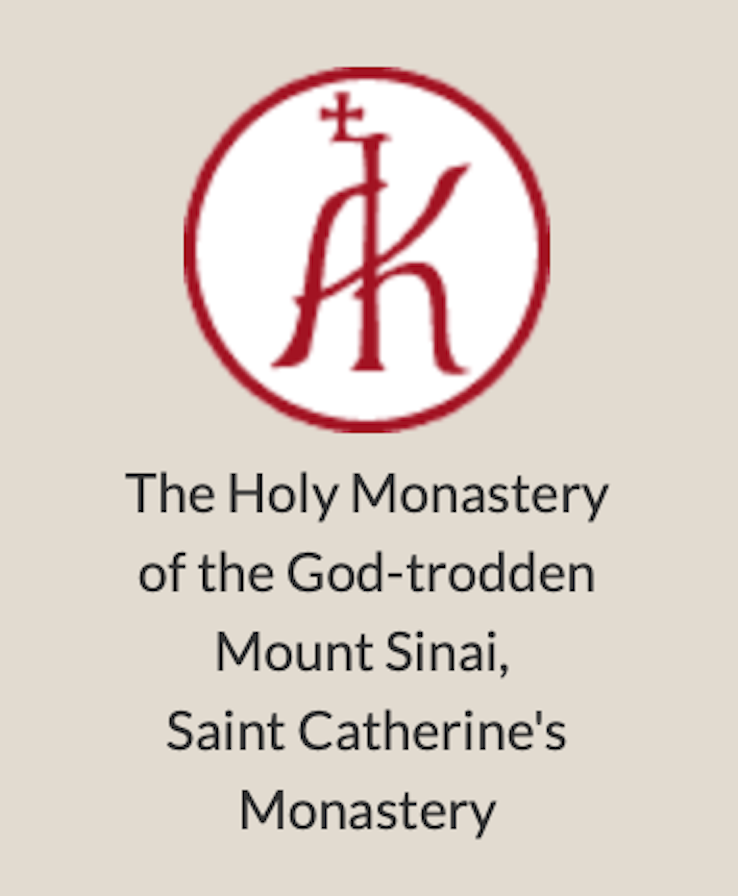syS
Images ©

Abstract
A large proportion of the undertexts of Sinai Syriac 30 contains the remains of a 4th/5th century manuscript of the Old Syriac Gospels, generally known as SyrS, or Codex Sinaiticus syriacus, alongside the Greek Codex Sinaiticus. The original manuscript must have had 166 folios, but of these only 142 survive. The Old Syriac translation of the Gospels probably dates from c. AD 200, and two other, likewise fragmentary, manuscripts of this version are known, the Codex Curetonianus (SyrC; British Library Add. 14,451; 5th century) and the undertext of another Sinai manuscript that has recently come to light, Sinai New Finds, Syriac 37 and 39 (6th century). Unlike SyrS , SyrC once had the longer ending of Mark, but only Mark 16:17-20 survives. Along with the Old Latin (Vetus Latina) the text of the Old Syriac is of very great importance for the study of the early textual history of the Greek New Testament.
The standard edition is still that by A.S. Lewis, The Old Syriac Gospels (London, 1910), and this is reproduced in G.A. Kiraz, Comparative Edition of the Syriac Gospels, I-IV (Leiden, 2002); a new edition by D.G.K. Taylor is in preparation. The variants of SyrS are given in F.C. Burkitt’s edition of the Curetonianus, Evangelion da-Mepharreshe (2 vols; Cambridge, 1904).There is a Key-Word in Context Concordance of the Old Syriac Gospels by J.A. Lund (3 volumes, 2004), for which see the review by D.G.K. Taylor in Hugoye 9 (2006), 212-23. Sebastian Brock, SNSF MARK16 project; © CC-BY 4.0